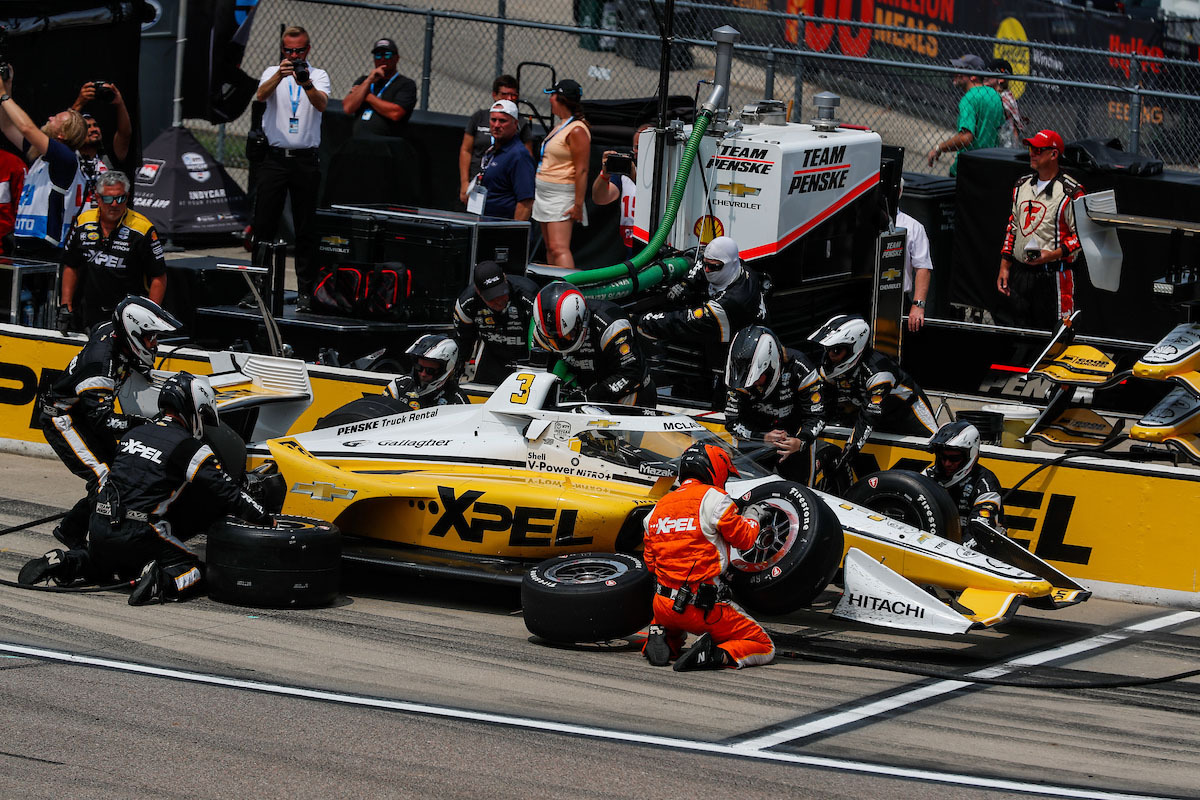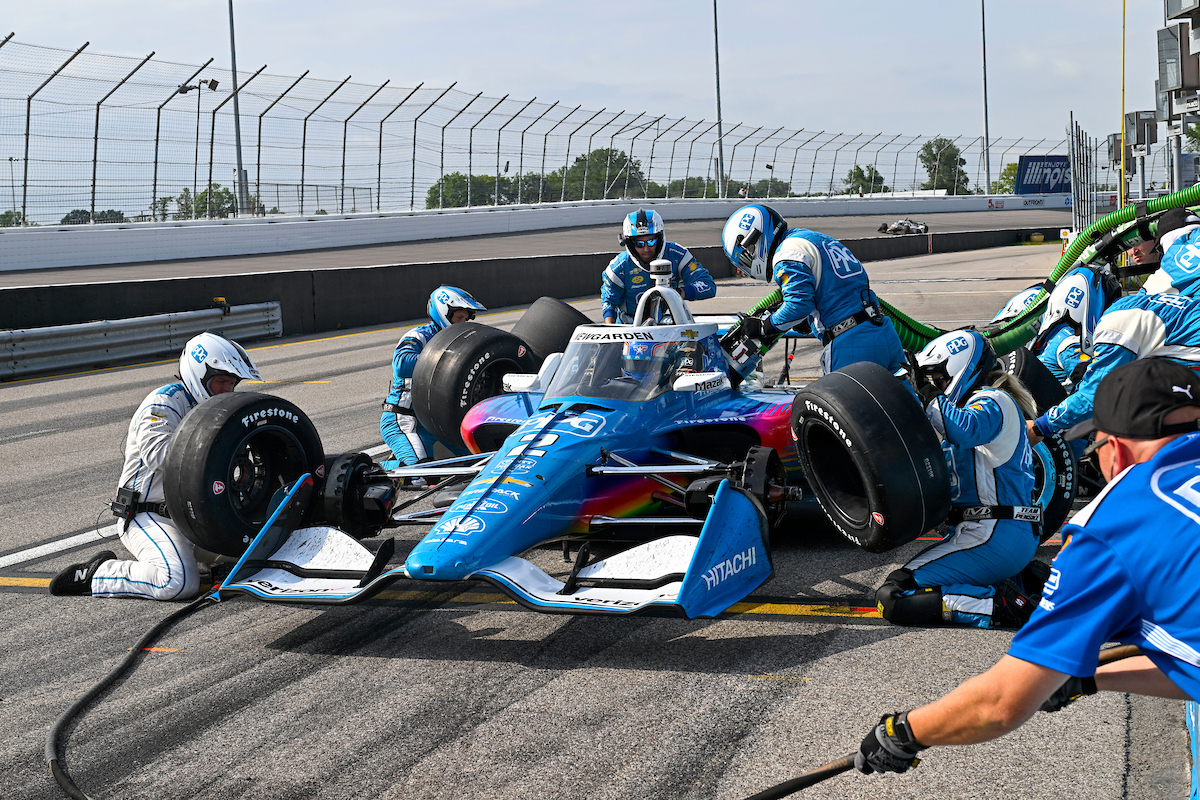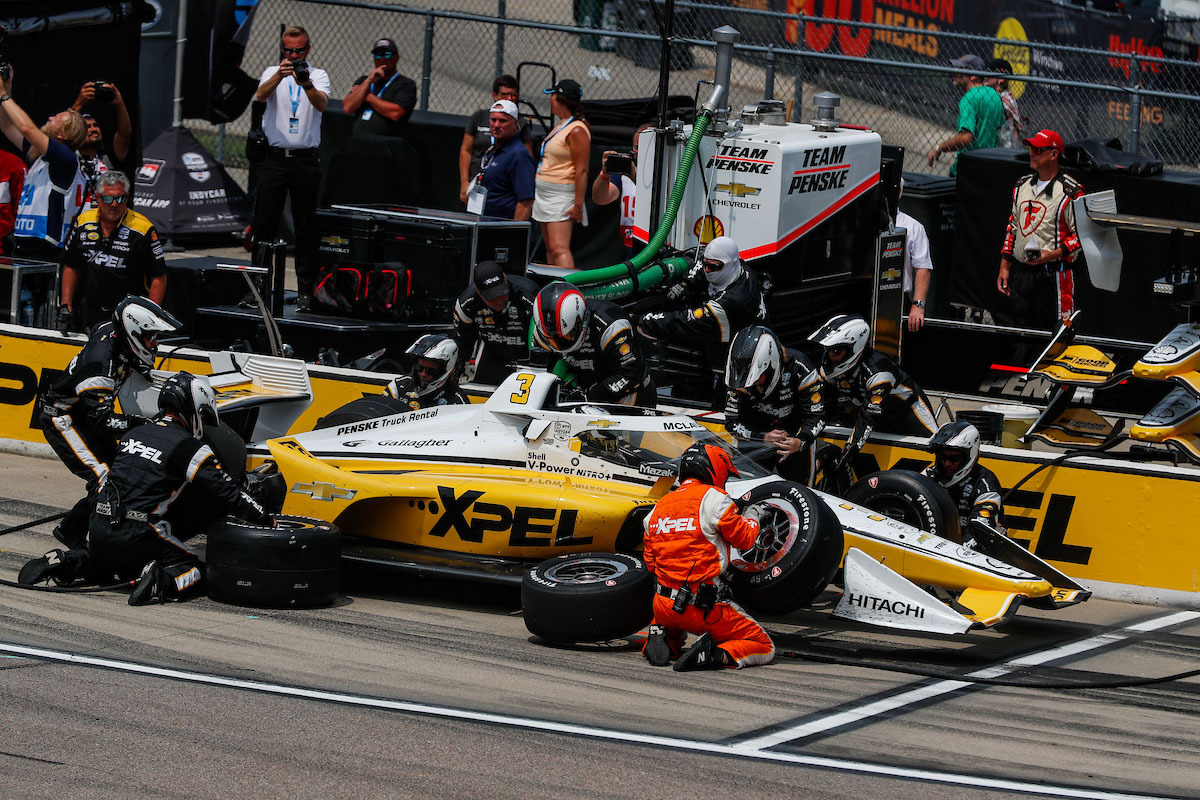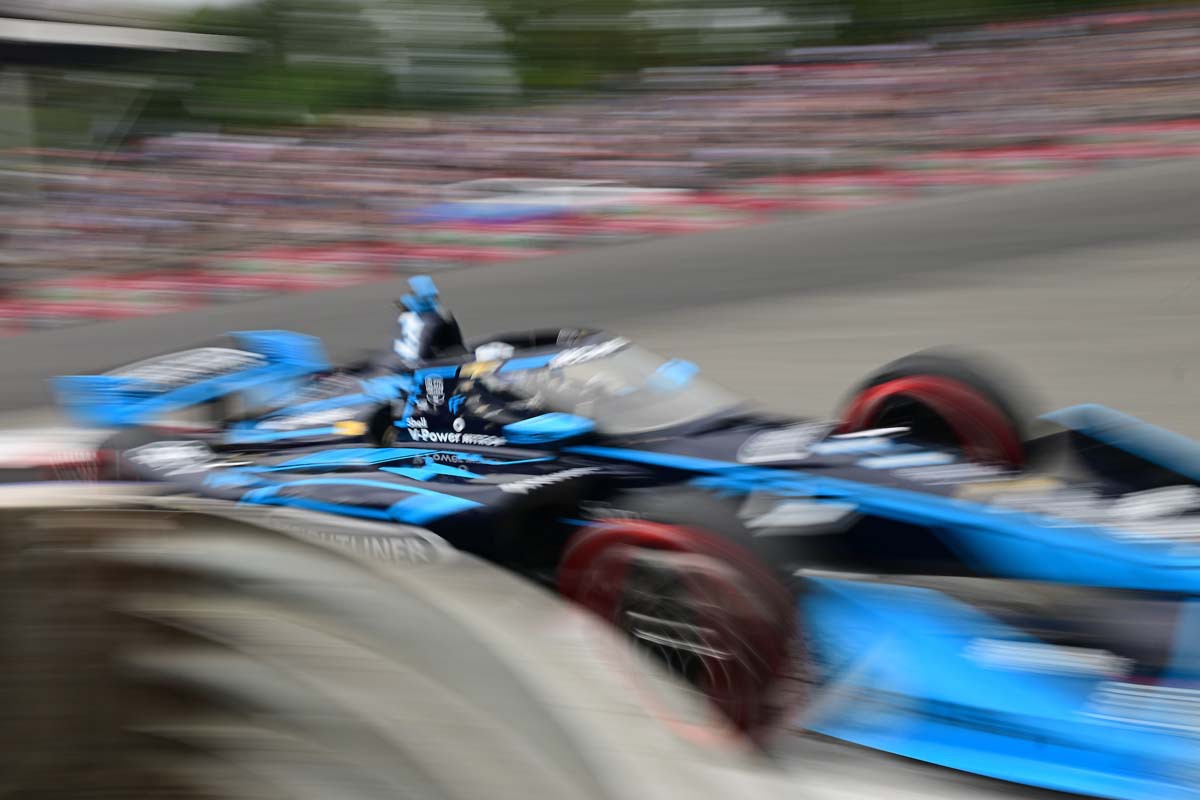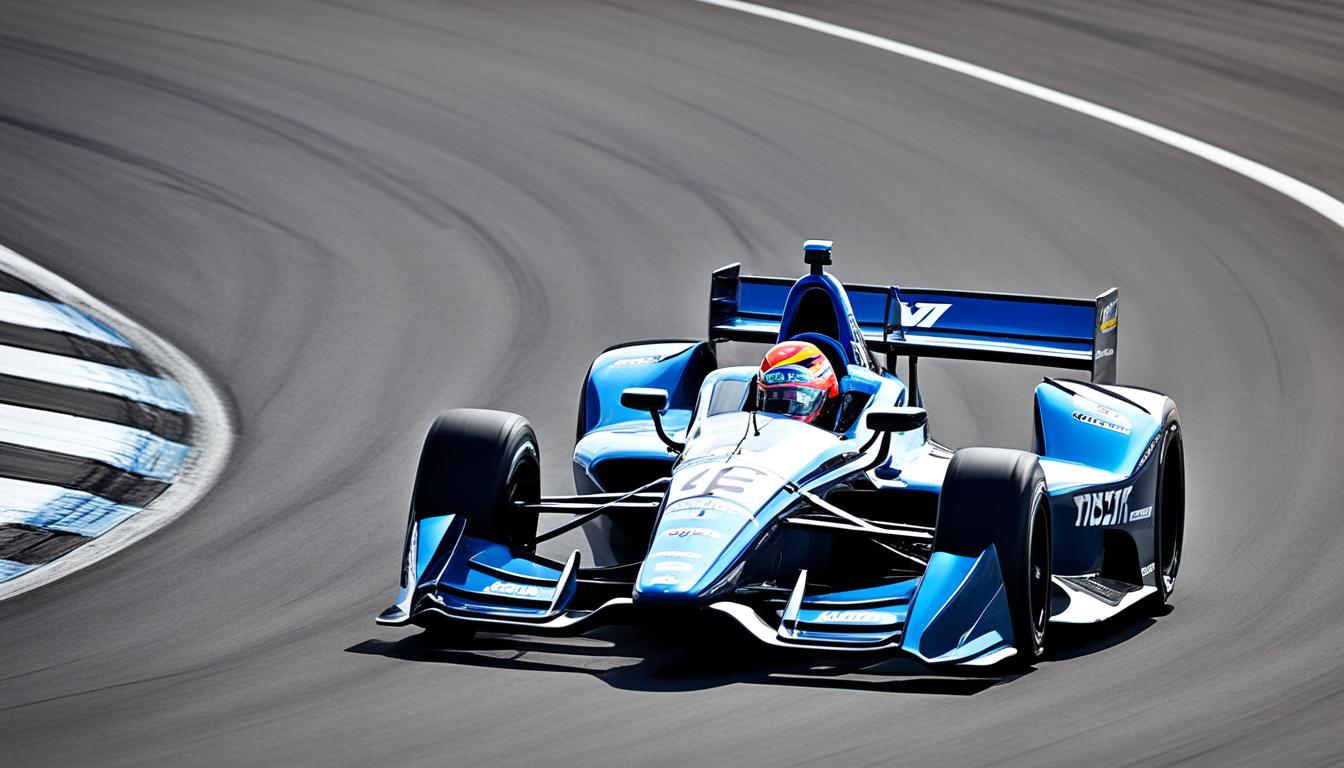Breaking Down the Most Iconic Moments in Indianapolis 500 History


The Indianapolis 500, often referred to as the Indy 500, stands as a pinnacle of American motorsport. Known for its history of over a century, this event has come to be dubbed “The Greatest Spectacle in Racing.” Held annually at the Indianapolis Motor Speedway in Indiana, the competition has etched an indelible mark on the fabric of auto racing. Each May, thirty-three drivers surge around the 2.5-mile oval track, navigating 200 laps in pursuit of victory and racing immortality.
Throughout its storied existence, the Indy 500 has been the stage for numerous unforgettable episodes. These moments constitute a spectrum of human experience, from triumphs symbolizing the zenith of racing prowess to the depths of tragedy, reminding us of the sport’s inherent risks. The convergence of speed, skill, and strategy during these instances has solidified the race’s reputation and secured its place in the annals of motorsport history.
The event has experienced a myriad of milestones from its inaugural race in 1911, creating a legacy highlighted by exceptional achievements such as the celebration of four-time winners, nail-biting finishes, and the breaking of cultural and gender barriers within the sport. These episodes from the Indianapolis 500 have not just captivated audiences, but also shaped the evolution of racing, influencing car design, safety measures, and the broader industry’s trajectory.
Table of Contents
The Inception and Evolution of the Race
The Indianapolis 500 began as a vision for motorsport excellence and transformed through significant developments and historical events.
The Founders’ Vision and Early Years
Carl G. Fisher and his partners established the Indianapolis Motor Speedway with a clear objective: to create a testing facility for the burgeoning automobile industry. The inaugural race, held in 1911, was not just a test of speed but a showcase of automotive reliability and innovation. Ray Harroun emerged victorious, driving the Marmon Wasp, an automobile known for its distinctive rear-view mirror—a feature that would become standard in all cars.
Significant Changes and the Impact of Wars
Major events like World War I and World War II interrupted the usual flow of the race, leading to several years where the speedway fell silent. These periods of conflict saw the Speedway used for military purposes, but when peacetime returned, the race resumed. Each era brought about advances in automobile technology and safety measures, prompted by the hard lessons of previous competitions and the relentless pursuit of performance and endurance on the track.
Technological Advancements and Racing Milestones
The Indianapolis 500 is known for pivotal developments in race car technology and important milestones that have significantly influenced the sport.
The Introduction of Iconic Cars and Engines
The Indy 500 has served as a proving ground for automotive innovation. Ray Harroun won the first race in 1911 driving the Marmon Wasp, which famously included a rearview mirror—a safety feature that became standard in passenger cars. In the 1950s, super-charged engines began to dominate the Speedway, leading to increased speeds and thrilling competition. Later, in 1967, Andy Granatelli introduced the turbine engine in the STP-Paxton Turbocar, offering a stark contrast to the piston engines commonplace at the time and signaling a move toward diverse technological experimentation in motor racing.
Safety Innovations and Track Improvements
On the safety front, advancements have been constant. For example, the Stoddard-Dayton pace car of 1911 introduced the concept of a rolling start for improved safety. The introduction of the Safer Barrier in 2002 marked another significant leap forward. This soft wall technology absorbs impact considerably better than concrete walls, reducing the threat of serious injuries during collisions. As the race and its vehicles have evolved, so has its commitment to driver and spectator safety, with each decade bringing new improvements that collectively redefine the standards of racing security.
Memorable Races and Record-Setting Performances
The Indianapolis 500 has been the stage for numerous dramatic races and exceptional displays of skill, where drivers pushed the limits to create moments of high tension and celebration.
Closest Finishes and Dramatic Victories
The Indianapolis 500 has provided some of the tightest finishes in racing history. One such instance was in 1992, when Al Unser Jr. edged out Scott Goodyear by a margin of just 0.043 seconds. This remains one of the closest finishes to date, demonstrating the sheer intensity and competitive edge the race cultivates. Another remarkable victory was when Sam Hornish Jr. overtook Marco Andretti in the final stretch of the 2006 race, winning by just over half a second.
Legends and Their Legacy
Over the years, the Indianapolis 500 has been graced by legends who not only won but left an indelible legacy. A.J. Foyt, the first four-time winner of the race, solidified his status as a racing icon. Rick Mears, also a four-time winner, known for his smooth driving style and strategic mastery, remains one of the race’s most revered figures. Mario Andretti, famed for his 1969 victory, became synonymous with the sport, embodying the passion and determination of a true champion. Helio Castroneves, joining the exclusive club of four-time winners in 2021, exemplifies longevity and excellence in the sport. The achievements of these racers have laid the foundations of what it takes to succeed at the Indianapolis Motor Speedway.
Tragic Moments and Safety Evolution
The history of the Indianapolis 500 is marred by pivotal tragedies that precipitated significant safety improvements in motorsports.
Incidents That Shaped Safety Advances
The 1973 Indianapolis 500 is painfully remembered for catastrophic accidents that spurred advancements in race safety protocols. On May 30, 1964, a fiery collision claimed the lives of drivers Dave MacDonald and Eddie Sachs, signaling a dire need for improved safety measures. Salt Walther endured severe burns in a crash during the 1973 competition, further highlighting the risks associated with high-speed racing. In response, innovations such as improved fuel tank designs, better firefighting methods, and the development of flame-retardant materials for driver suits were introduced to protect participants.
In Memory of Fallen Drivers
The 1973 Indy 500 witnessed the loss of driver Art Pollard during a practice session, and Swede Savage on the race day itself. Pit crew member Armando Teran also tragically died in an accident involving a safety vehicle. Tables memorializing such drivers illustrate the high human cost of past racing incidents and validate the ongoing pursuit for safer racing environments.
| Year | Driver | Incident Description |
|---|---|---|
| 1964 | Dave MacDonald, Eddie Sachs | Fatal crash resulting in fire |
| 1973 | Art Pollard | Killed during practice session |
| 1973 | Swede Savage | Fatal crash on race day |
| 1973 | Armando Teran | Struck by a safety vehicle in the pit lane |
Cultural and Media Impact
The Indianapolis 500 transcends the realm of motorsports, influencing popular culture and media with its storied history and celebrated traditions.
The Race in Popular Culture
The Indy 500 has secured its place in popular culture beyond the track, permeating films, music, and literature. Victory laps are commemorated in cinema, with drivers drinking buttermilk or orange juice – a nod to the traditional celebration of dairy farmers providing the drink to the winner. The Borg-Warner Trophy, an icon itself, often makes appearances in various forms of media, solidifying the race’s cultural significance.
Historical Broadcasting Milestones
Media coverage of the Indy 500 has set several milestones in sports broadcasting. The race was first televised in 1949, albeit locally, and grew to a nationwide event in 1986, when it was broadcast live in its entirety for the first time. This shift in broadcasting brought the sounds of roaring engines and the sight of the checkered flag into the homes of millions, entrenching the race in the fabric of American media.






